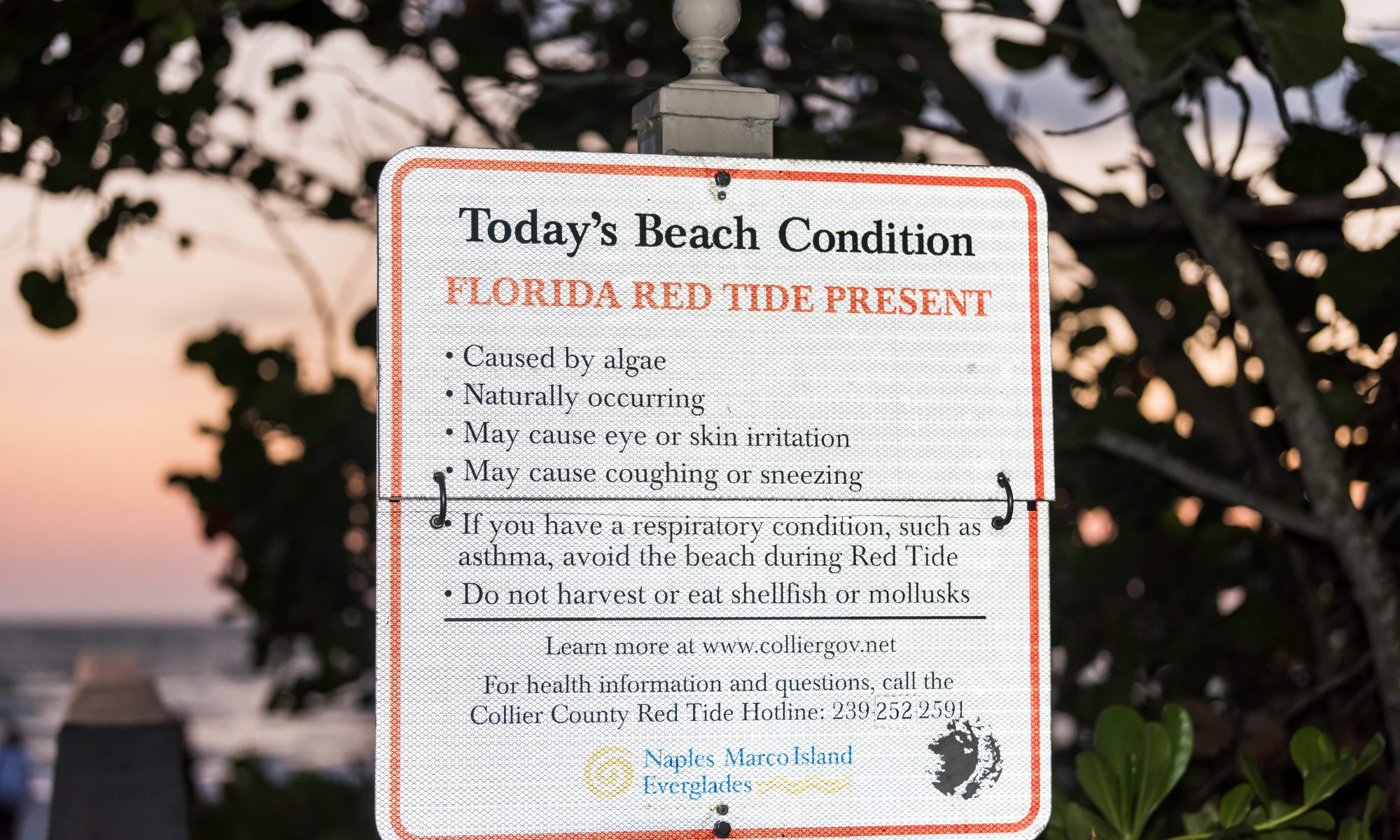Red tide has become a troubling reality for Florida’s coastal communities, with recent blooms causing over $8 million in economic damage and affecting thousands of residents annually. This toxic algae bloom can turn beautiful beaches into hazardous zones, leading to fish die-offs, respiratory problems, and economic strain on local businesses. With these issues at the forefront, University of Florida undergraduate Dylan Pace is leading a project to understand how coastal residents perceive the risks of red tide. His research will delve into how these perceptions vary with political views and how they influence behaviors and public policy.
These include health risks, economic impacts, and environmental consequences. A unique aspect of Pace’s research is the exploration of how people’s perceptions of the risks posed by the red tide vary based on their political affiliation. He is advised by Dr. Sadie Hundemer, assistant professor in the UF Department of Agricultural Education and Communication.
The ultimate goal of Pace’s research is to gather information that can inform public policy. His research objectives are threefold: First, to assess differences in Florida coastal residents’ risk perceptions of red tide blooms based on political affiliation. Second, to investigate how people with different political affiliations perceive individual risks from red tide blooms, including health, environment, and economic risks. And finally, to see how risk perceptions of red tide blooms influence an individual’s behavior.
Pace’s interest in the red tide and its intersection with policy stems from a long-standing fascination with the topic. He believes that understanding people’s perceptions about the red tide is crucial in communicating its risks to the public and formulating effective policies to address it.
“Science and politics have generally had a tumultuous relationship, and my research seeks to provide a degree of clarity on this issue,” Pace said.
“When crafting effective public policy, it is important to factor in public perceptions and opinions so that you can build a wide coalition of support when working to solve problems.”
